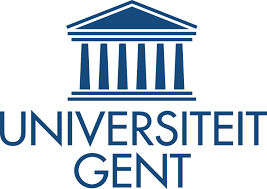With the emergence of multi-drug resistance of the currently available antimalarial drugs including the "magic bullet" artemisinin derivatives in the market, there is an urgent need for discovery and development of new potent antimalarial molecules. The present work deals with quantitative structure-activity relationship (QSAR) modeling, pharmacophore mapping and docking studies of a series of 35 thymidine analogs as inhibitors of Plasmodium falciparum thymidylate kinase (PfTMPK), an enzyme that catalyzes phosphorylation of thymidine monophosphate (TMP) to thymidine diphosphate (TDP). The models were validated both internally and externally and significant statistical results were obtained, indicating the robustness and reliability of the developed models. The docking study was performed using the LigandFit option of receptor-ligand interactions protocol section available in Discovery Studio 2.1 where lower RMSD values (0.6931Å) between the co-crystallized ligand and re-docked ligand assured that the ligand was bound in the same binding pocket. The QSAR, pharmacophore mapping and docking studies provide an understanding of important structural requirements or essential molecular properties, or features of molecules, and important binding interactions, and provide an important guidance for the chemist to synthesis of new molecules with improved PfTMPK inhibitory activity profile. This work revealed the importance of -NH-fragment, electrophilicity of the molecules and the number of oxygen atom towards the PfTMPK inhibitory activity of the molecules. To the best of our knowledge, this work presents the first QSAR and pharmacophore report for thymidine analogs which may serve as an efficient tool for the design and synthesis of potent molecules as PfTMPK inhibitors to address the increasing threat of multi-drug resistance against P. falciparum.






